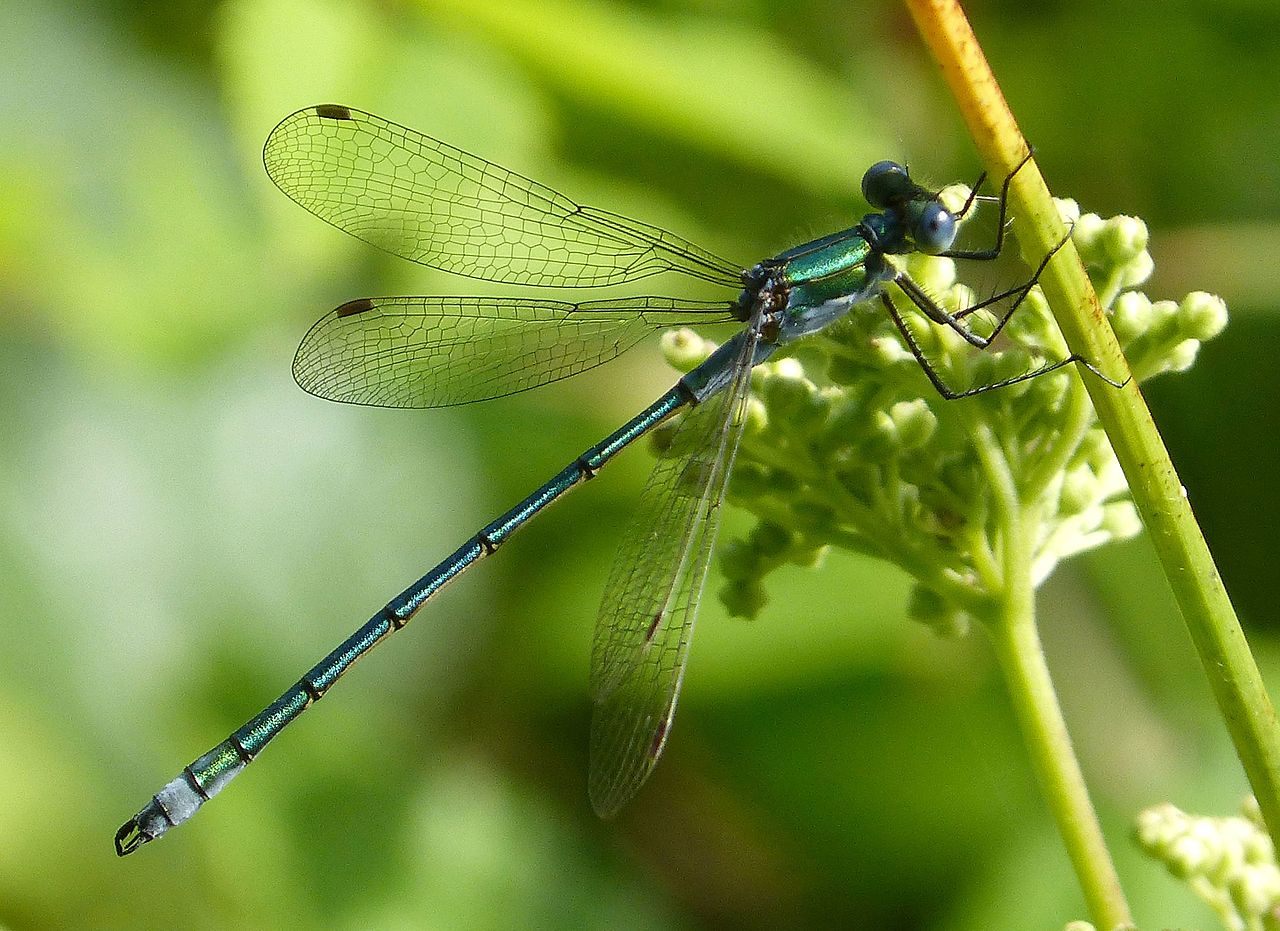Scientists Have Dug Through Dragonfly Droppings to Figure Out What They Eat
Wait, no one knew exactly what dragonflies eat?

Dragonflies are mesmerizing to watch—dart, hover, land, dart again, this way and that—and fast. Unfortunately for scientists, that agility and speed make them difficult to study. Their larvae, called nymphs, are water-dwelling and much easier to observe and catch, so plenty of studies have definitively described what nymphs eat (other bugs and tadpoles). As for the diet of adults, however, all we have are occasional observations, which are probably biased toward larger prey that we can actually see them eating, like frogs. But thanks to some diligent Finnish scientists, we now have a better idea of what’s on the adult dragonfly menu.
If you want to figure out what an organism is eating—and can’t just watch it eat—waste is a good option. But even that kind of observation is tough when it comes to dragonflies. They’re thorough chewers, so finding identifiable bits and pieces of their prey in their tiny insect feces is near-impossible. So the researchers, from the University of Turku and the University of Helsinki, turned to technology. They captured 74 dragonflies and closely related damselflies and collected all of their droppings from a 24-hour period in captivity. Then they extracted DNA from the samples and sifted through that genetic material for unique chunks of DNA, a process called DNA barcoding. They found genetic material from 41 distinct prey the dragonflies and damselflies had eaten, most of which the scientists could identify to the genus level. It turns out that flying insects such as midges and dark-winged fungus gnats are popular meals.
This information can help scientists understand how dragonflies and damselflies interact with other species. Their diets, for example, have considerable overlap with local bat species, which means competition. The researchers write in their report that more studies are needed to track diets over time and nail down their place in the food web.





















Follow us on Twitter to get the latest on the world's hidden wonders.
Like us on Facebook to get the latest on the world's hidden wonders.
Follow us on Twitter Like us on Facebook